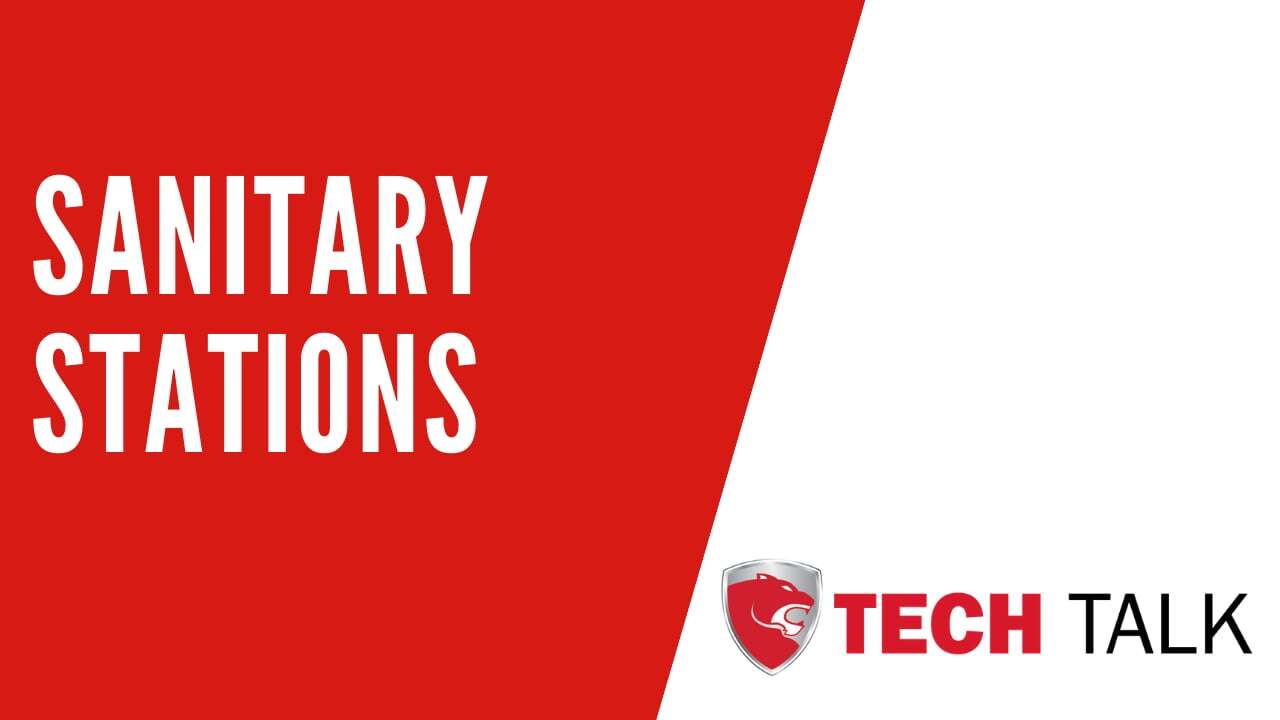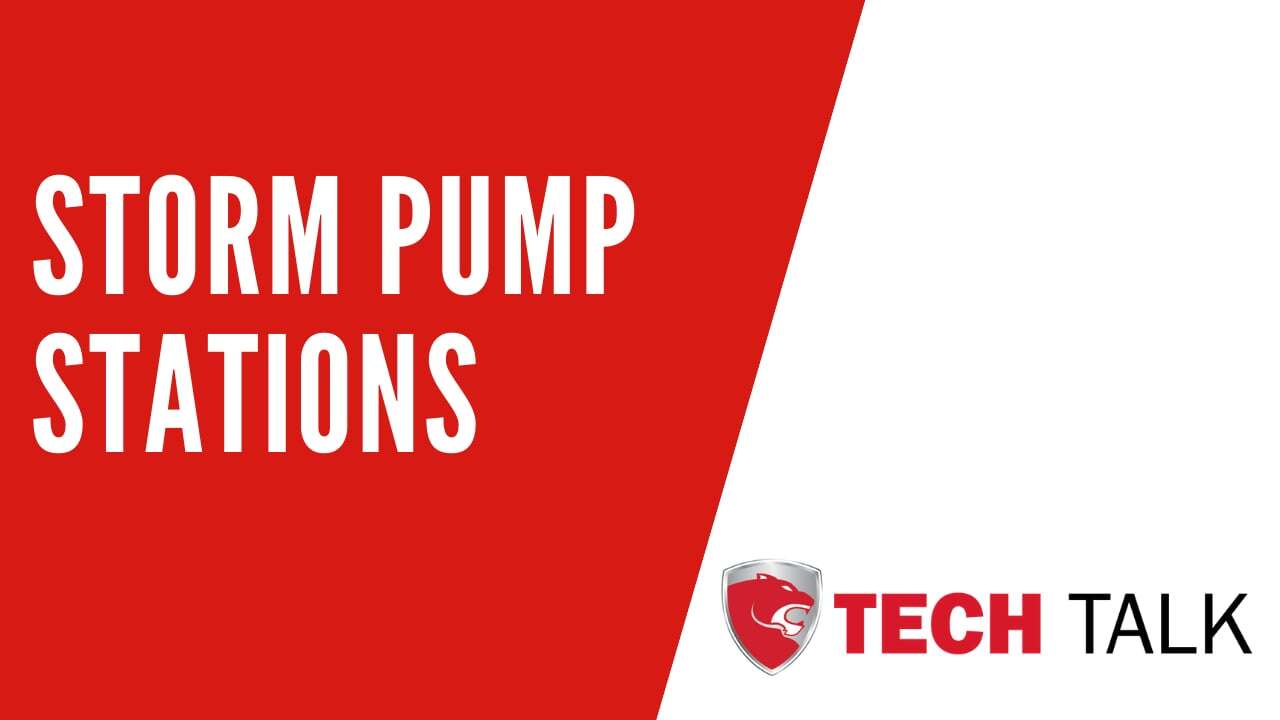Sump Pump Stations
Sump Pump Stations are required in a commercial building anytime there is drainage or fixtures below the city lines, and the water cannot gravity drain away. There are three main types of sump pump stations:
Storm Stations collect “clean” water like stormwater (rainwater that has hit the ground) or HVAC condensate and are usually located in lower levels of parking garages, basements, and loading docks. Storm stations usually have two pumps for redundancy and additional capacity during high rainfall events.
Sanitary Stations collect “dirty” water after points of use in the building, like restrooms, sinks, and kitchens. Sanitary stations also use two pumps for redundancy but typically do not have to rely on both pumps running at the same time. There are additional design considerations to address the caustic nature and odors of the effluent.
Elevator Sump Pumps (ESPs) are required by code to pump 50gpm per elevator shaft served to prevent flooding from fire sprinklers. ESPs are a single pump with a float switch and alarm but may also have oil & water discriminating controls depending on the local code requirements.
Sump Pump Stations are a collection of many pieces to make a complete system.
Basin (Wet Well) & Cover – Collects the effluent and holds the pumps; the size and depth depend on the application. The cover provides safe access to the pumps through a hatch opening and structure for the rail system piping.
Pumps & Rail System – Submersible pumps (non-clogs, vortex, or grinder/cutter) are installed with a lift-out rail system to connect to the system piping and allow removal for service.
Control Panel & Level Devices – The Control Panel gets feedback from float switches or a transmitter on the basin water level and then turns the pumps on and off to pump the water out automatically. The panel also provides safety features, alarms, and communication to the building management system.
Direct In-Line Pumping Alternative – The OverWatch system allows the pumps to be installed directly in line with the inlet piping, eliminating the wet well and associated issues.






